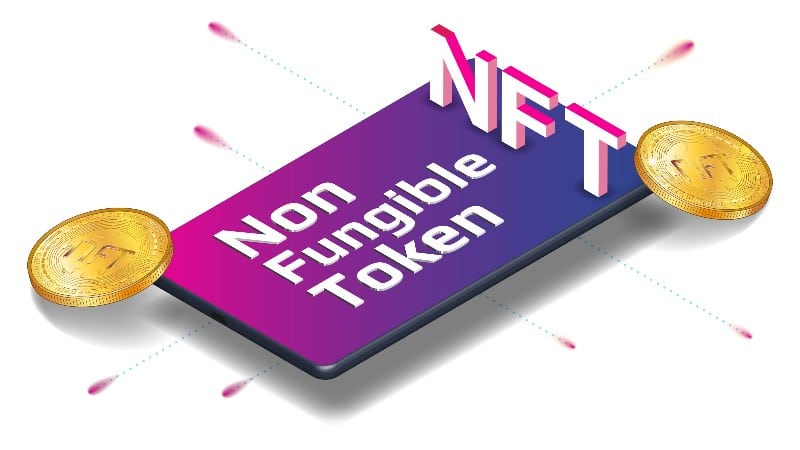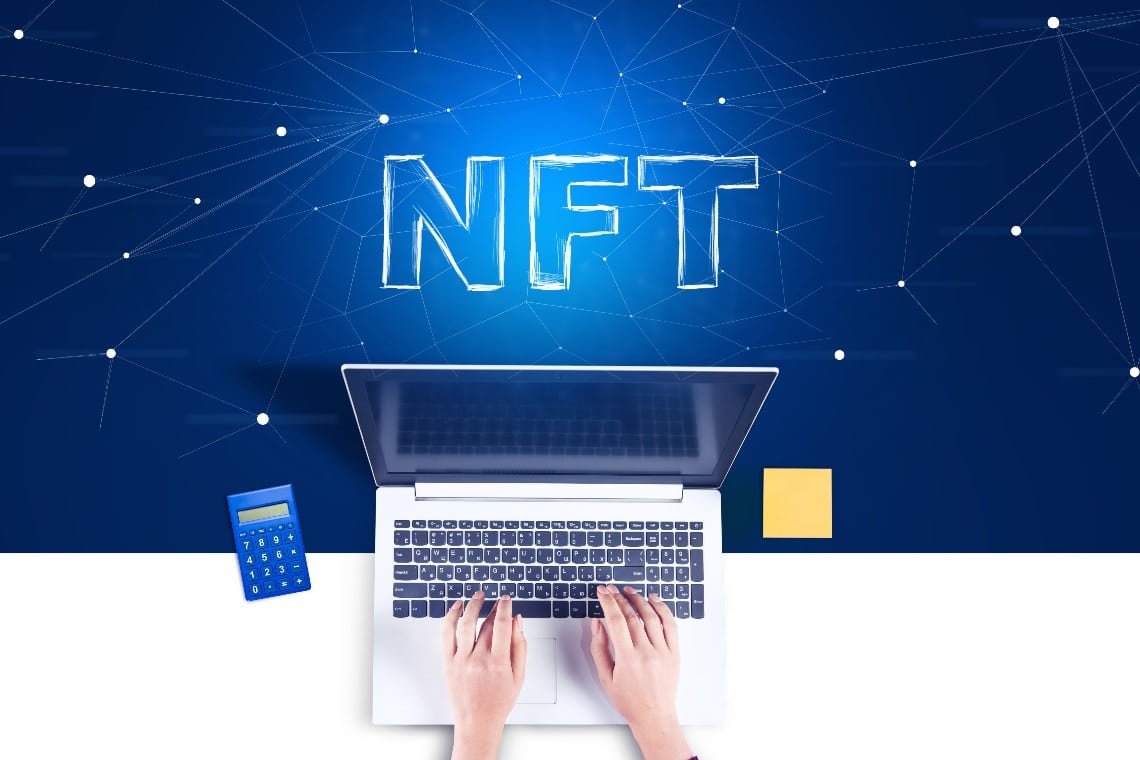One of the main difficulties encountered in attempting to compose an effective legal and regulatory framework for the crypto world is in being able to formulate definitions and establish appropriate categories. In the following paragraphs, we will look at whether and how NFTs fit into the definition of “crypto-assets” in the European regulation known as MiCA.
The difficulty of definitions
The market needs clear definitions and categories, with boundaries that are sufficiently well-defined to avoid confusion; not too broad (so as to avoid the risk of lumping together elements and phenomena that are too different from each other), but not too capillary either, and so forth.
The point is that when it comes to cryptocurrencies, cryptographic technologies, tokens, blockchain and DLT, the nature of the assets and the functions to which they can lend themselves are so fluid and rapidly evolving that the task is particularly difficult.
The case of NFTs, one of the last cryptographic assets to be born and to have established itself on the scene in a big way, with the viral creation of a flourishing market, essentially linked to artistic production, is perhaps one of the most evident proofs of this.

NFTs in MiCA
Now, as is well known, for a couple of years now, the European legislator has been in the process of producing a package of regulations whose intent is to establish a framework of homogeneous rules for all the member countries of the Union on the market of cryptographic assets.
In September 2020, therefore, this resulted in a proposal for a regulation of the Parliament and the Council, known in the environment by the acronym MiCA or MiCAR (Market in Crypto Asset Regulation), and aimed precisely at regulating the crypto asset market and amending Dir. (EU) 2019/1937.
It is an extensive regulatory framework, made up of 126 articles, which, between preambles, recitals and annexes, reaches the dimension of 165 pages.
However, NFTs are not expressly mentioned in this regulatory document and one of the main problems is to establish whether or not this type of asset falls within the scope of this important legal framework.
The European regulation is destined to form the basis of the regulatory and supervisory structure to which operators will have to conform in the coming years if they wish to carry out their activities within the Union. This does not necessarily constitute a limitation, but could actually bring significant practical advantages, linked to the introduction of single authorisation mechanisms, not dissimilar to those existing in the financial and insurance fields.
In all of this, establishing whether an NFT, which conveys or accompanies a work of art, to which the market attributes a significant economic value, falls within or is excluded from the scope of the future European regulation is crucial for the fate of a market that is certainly growing, but which, like all totally deregulated markets, is also characterized by an extreme reactivity to certain emotional stimuli.
The definition of “crypto-assets”
Now, Article 3 of the proposed regulation, defines “crypto-asset” as:
“‘crypto-asset’ means a digital representation of value or rights which may be transferred and stored electronically, using distributed ledger technology or similar technology”.
This is a definition that clearly aims to broadly embrace assets such as cryptocurrencies, going beyond the definition of virtual currency, and the wide range of tokens, which are more analytically defined on the basis of their specific purpose in the subsequent points of the same Article 3 of the Regulation.
Some have raised the doubt that NFTs may not fall within the boundaries of this definition. However, if it makes sense to assert that an NFT, when its function is to constitute the vehicle of a form of artistic expression, cannot be qualified as a mere “representation of value”, it is harder to deny that the same NFT may constitute a “representation of rights”.
One might think, in fact, that one of the most interesting vocations of NFT used in the artistic sphere is precisely that of acting as a representative instrument of intellectual property rights.
On the other hand, determining whether or not NFTs fall within this perimeter triggers a cascade of further consequences. First and foremost, for example, the qualification of the various actors in the chain (from asset developers, to technology service providers, to exchange platforms, etc.) as “crypto-asset issuers” or as ” crypto-asset service providers”, or as “crypto-asset trading platforms”, as the case may be.
Not to mention what follows in terms of the future application of the various authorization regimes provided for in the proposed regulation.
In short, this is yet another conceptual tug-of-war in which, depending on whether or not a particular new asset or innovative and unprecedented technology is placed within a certain framework of definitions and regulation, the market may be significantly affected.




